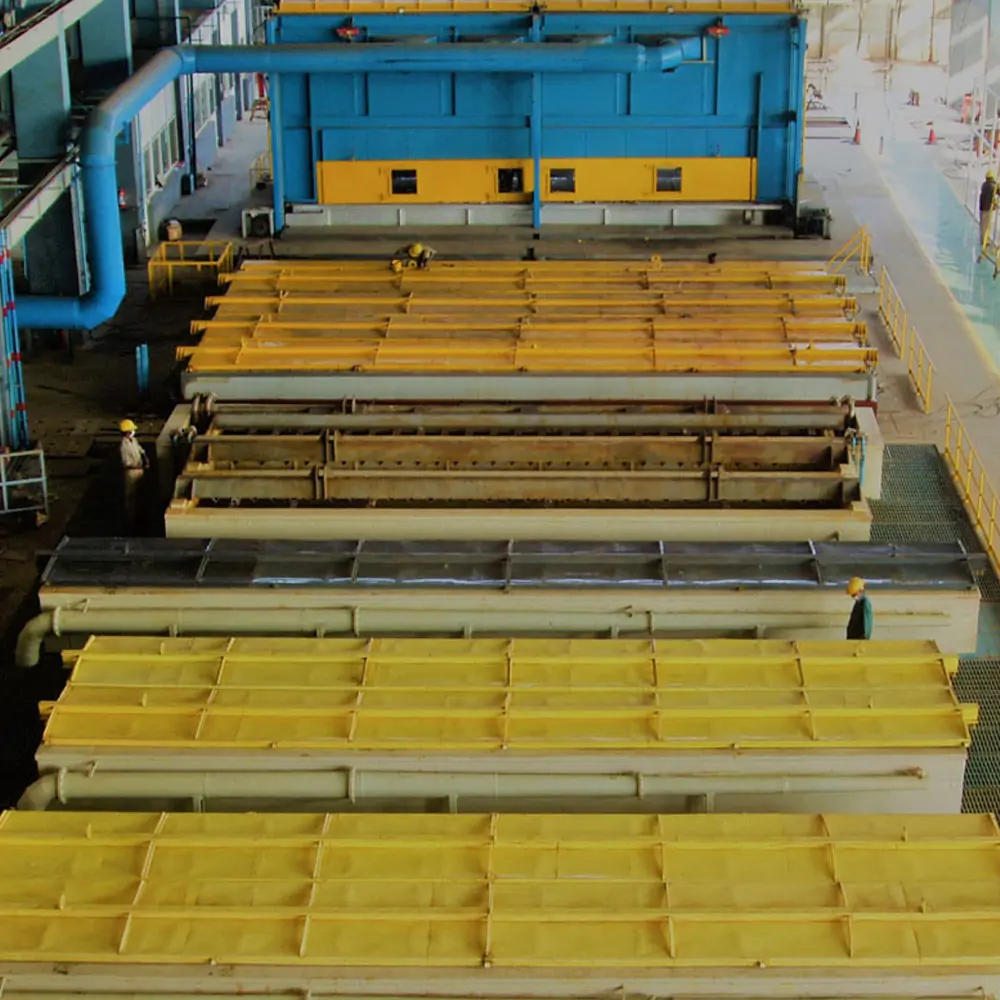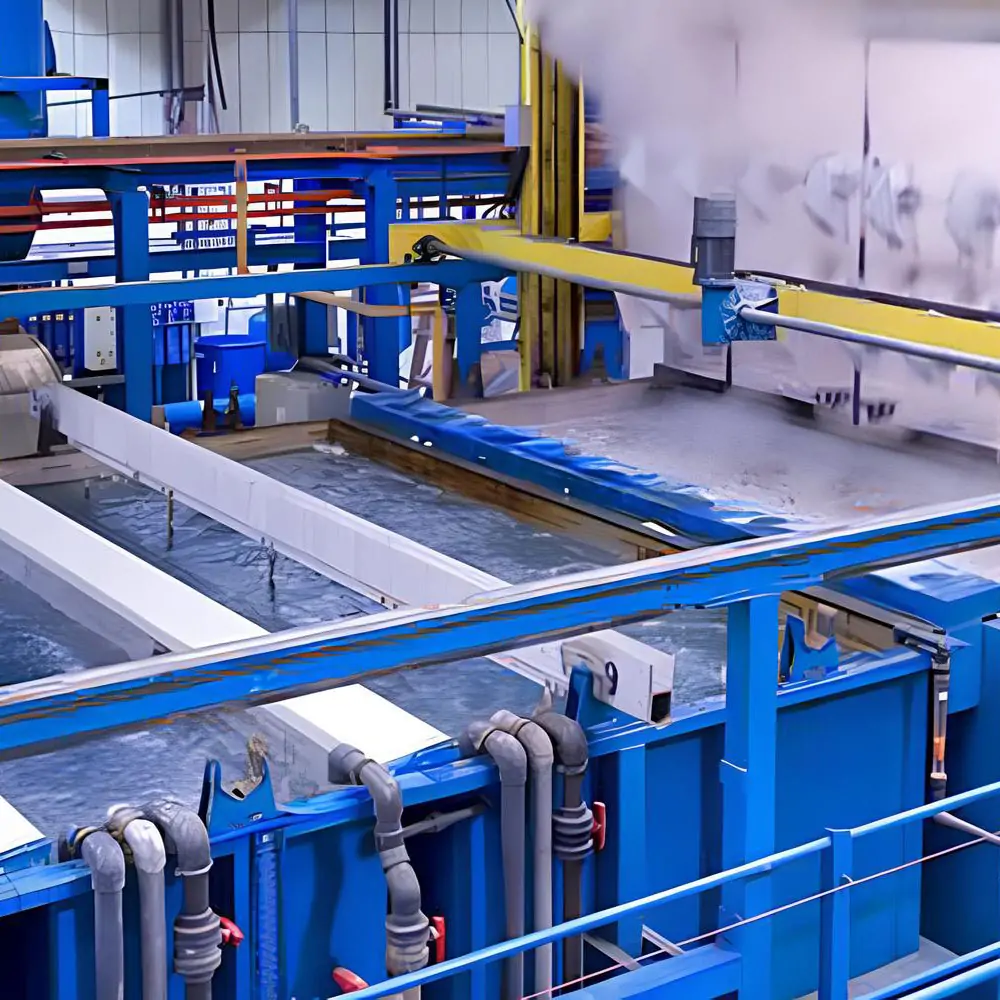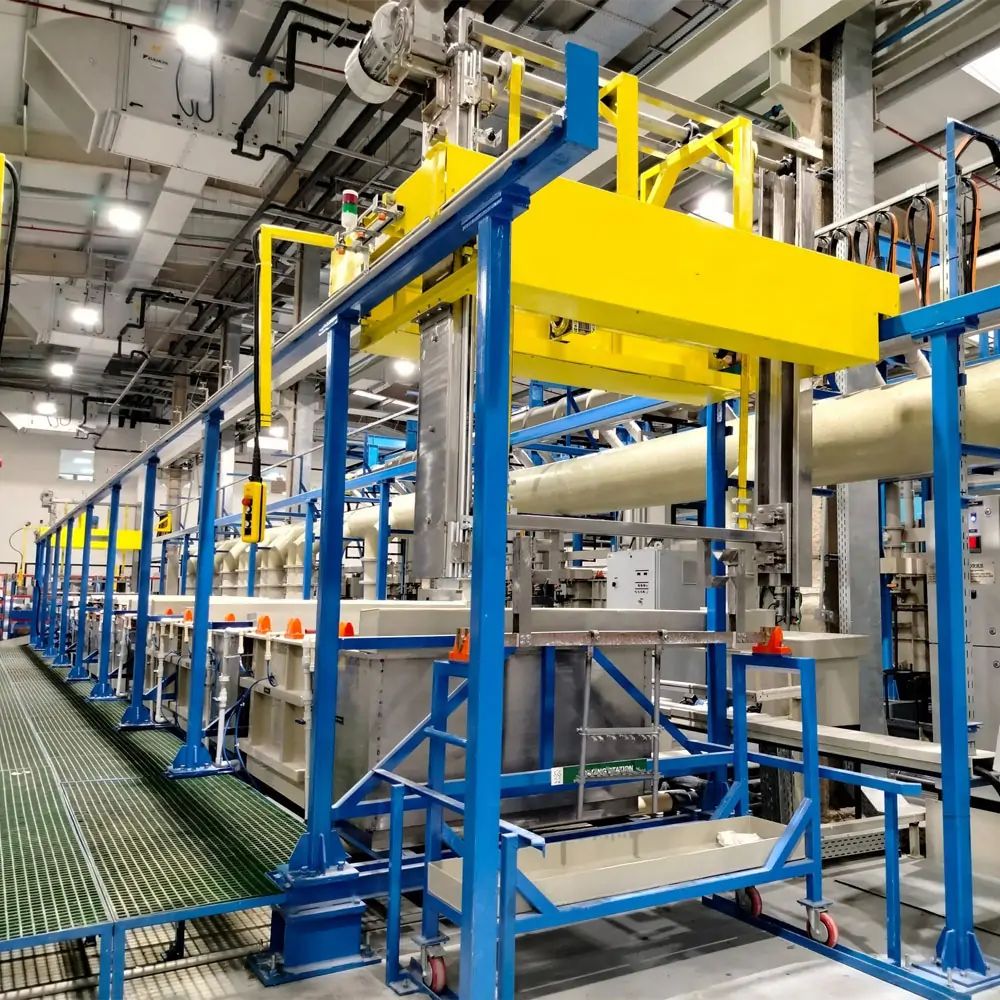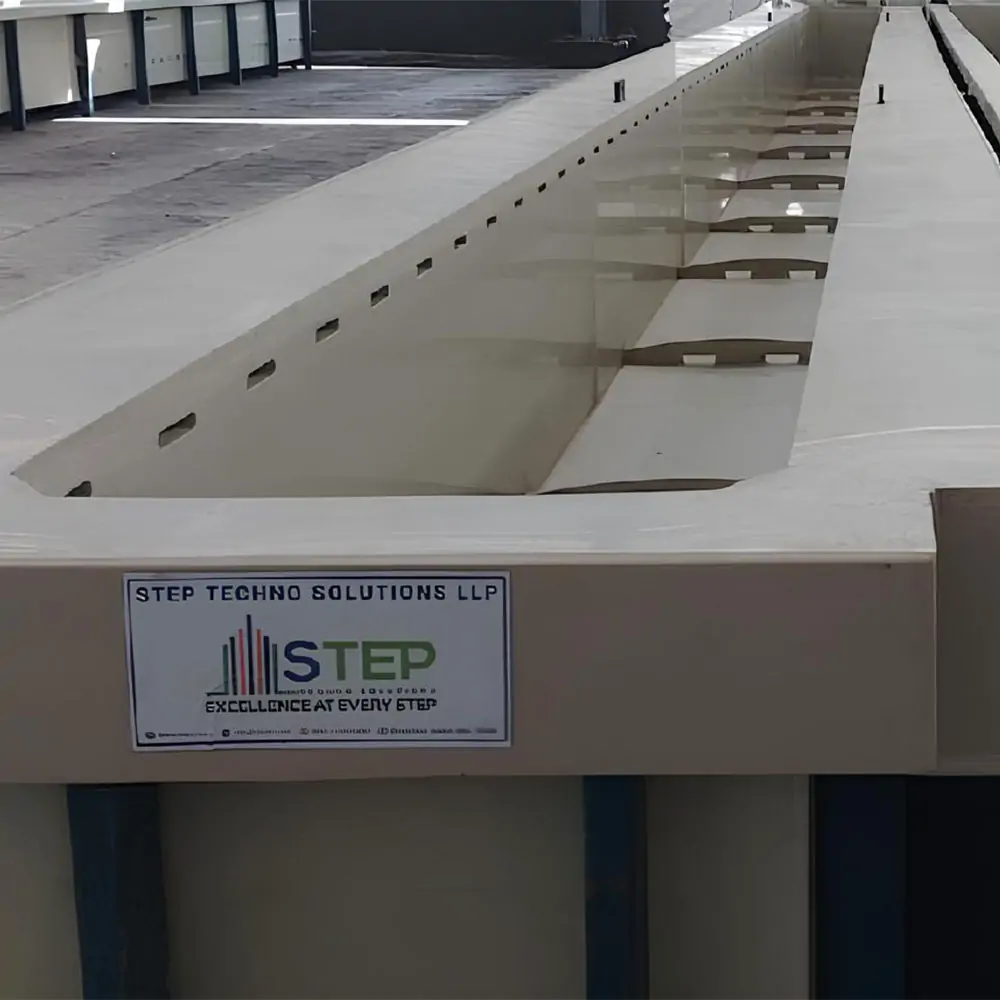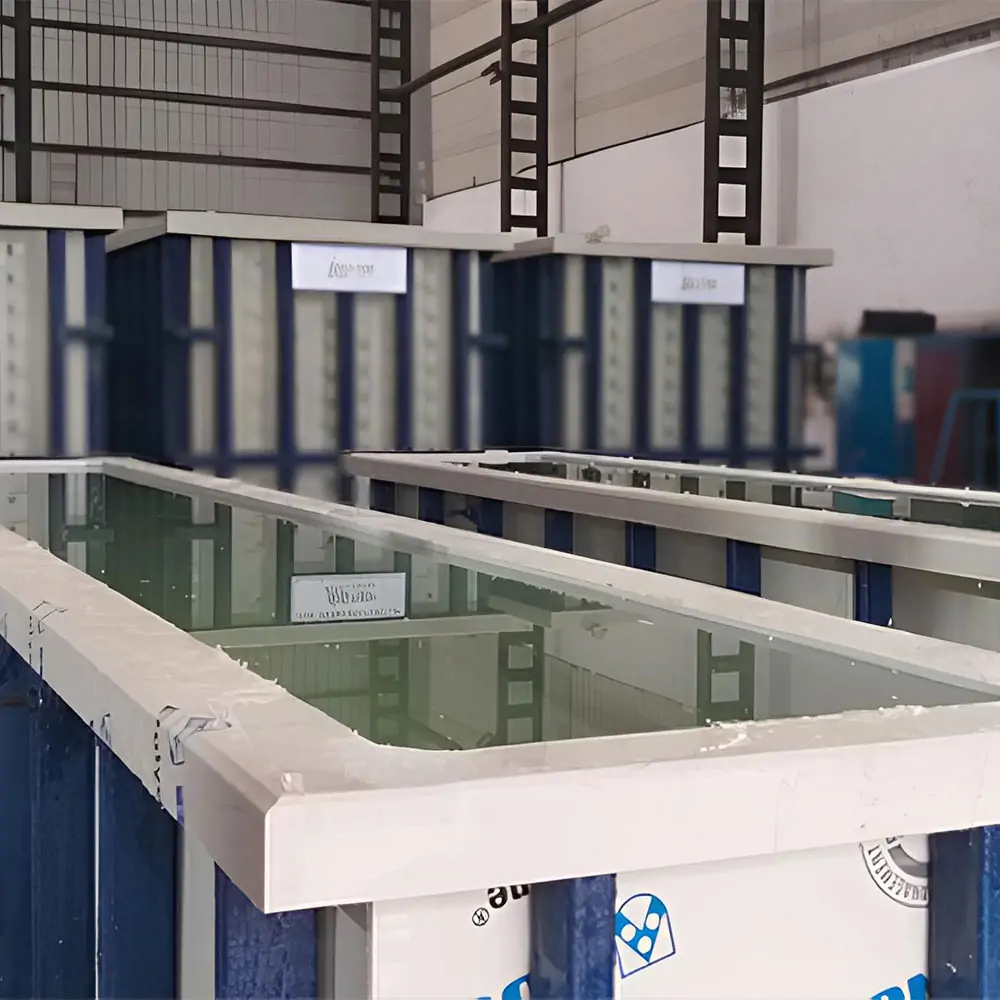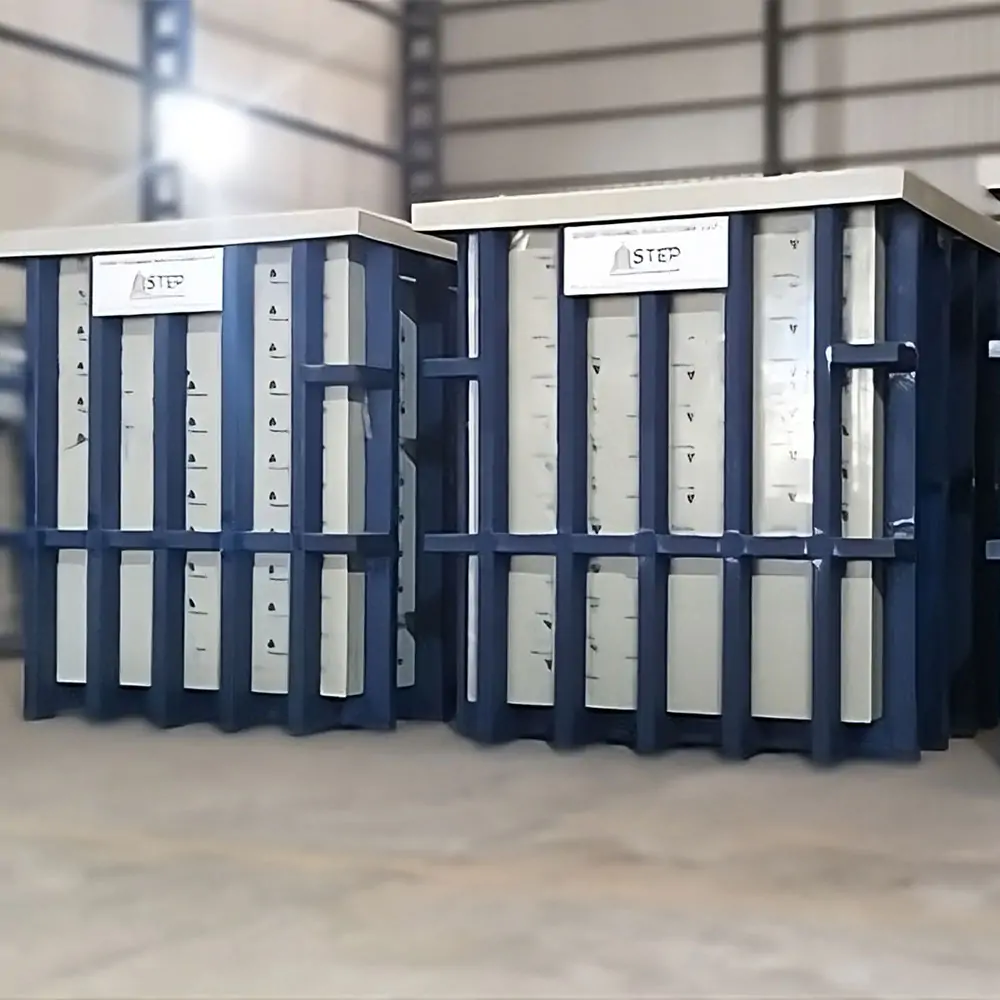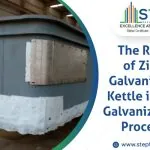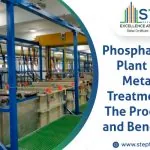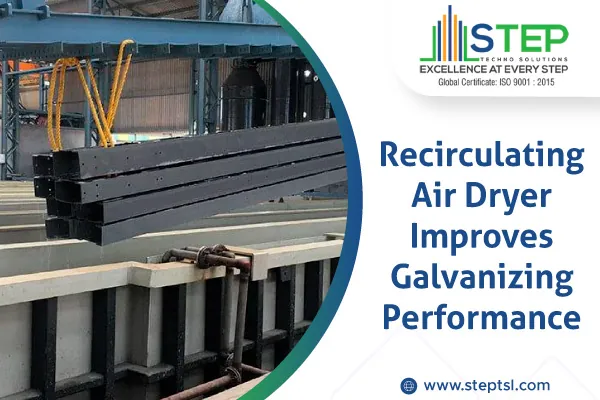The galvanizing process is essential in giving long-lasting protection to steel and other metals by placing a corrosion-resistant zinc coating. This process involves several stages, including cleaning, dipping into molten zinc, and drying the coated metal. Maintaining optimal conditions throughout each stage is vital for the quality of the finished product. One such critical stage is the drying process, which, if not done properly, can negatively impact the quality of galvanization. This is where recirculating air dryers come into play. By maintaining consistent, controlled humidity levels during the drying phase, recirculating air dryers improve galvanizing performance and ensure high-quality results. In this article, we will look at the importance of humidity control in galvanizing processes and how recirculating air dryers can help with typical drying issues.
Explanation of the Galvanizing Process
Galvanizing is the procedure of coating a metal, generally steel and iron, with zinc to prevent corrosion. This is done through several key steps:
- Cleaning: The metal surface is thoroughly cleaned to remove any dirt, oil, or rust. This is often done through acid baths or mechanical cleaning methods.
- Fluxing: After cleaning, the metal is treated with a flux to prevent oxidation and improve adhesion of the zinc during the subsequent dipping process.
- Dipping: The metal is dipped into a bath of molten zinc at high temperatures, allowing the zinc to bond with the surface of the metal, creating a protective layer.
- Drying: After the metal has been coated, it needs to be dried before being cooled. This is the critical stage where recirculating air dryers come into play.
Importance of Maintaining Humidity Levels in Galvanizing Operations
In galvanizing, the drying phase is essential for achieving a high-quality zinc coating. During this phase, it is important to maintain a controlled humidity level to ensure proper drying of the coated metal and prevent defects such as uneven coating or poor adhesion. The humidity level can influence the drying process in the following ways:
- Preventing Oxidation: High humidity levels can cause condensation on the metal surface, which can lead to oxidation. This negatively affects the adhesion of the zinc coating, causing uneven layers and defects.
- Ensuring Uniform Drying: If the drying process is inconsistent, it can lead to irregular zinc coatings. This leads in unsuitable corrosion protection, defeating the intended use of galvanizing.
- Reducing Drying Time: Optimal humidity levels help reduce the time it takes for the metal to dry, increasing operational efficiency and reducing downtime.
Maintaining the right balance of humidity throughout the drying process ensures a uniform, high-quality finish and prevents rework or product rejection.
The use of Recirculating Air Dryers
Traditional drying methods in galvanizing operations have often struggled with maintaining consistent humidity levels. This inconsistency can lead to issues such as uneven drying, oxidation, and poor coating adhesion. To address these challenges, recirculating air dryers have been introduced into the industry as an effective solution.
A recirculating air dryer is a system that controls the temperature and humidity of the air used in the drying process. By using a closed-loop system, these dryers continuously circulate the air, removing excess moisture and maintaining an optimal humidity level. This ensures consistent drying and prevents issues that arise from high humidity or uneven air distribution.
The Problem with Traditional Drying Methods
While traditional drying methods have served the galvanizing industry for years, they come with several challenges that impact the quality and efficiency of the galvanizing process.
Issues with Inconsistent Drying
Traditional drying methods, such as using open-air dryers or simple fans, often struggle to maintain consistent air conditions. The humidity and temperature levels might vary extensively, resulting in haphazard drying. This inconsistency can cause problems such as:
- Uneven zinc coatings are due to fluctuations in drying speed.
- Prolonged drying times lead to inefficiencies in production schedules.
- Increased chances of defects or imperfections in the final product.
Impact on Galvanizing Performance
When drying is inconsistent, it directly affects the performance of the galvanized coating. Uneven drying can lead to poor adhesion of the zinc layer, resulting in:
- Inadequate protection against corrosion.
- Shortened lifespan of the coated metal.
- Increased likelihood of corrosion failures in critical applications like construction or transportation.
Need for a More Efficient Drying Solution
Given the limitations of traditional drying methods, the need for a more efficient and consistent solution has become apparent. As the industry focuses on improving quality control and reducing production costs, implementing advanced drying systems like recirculating air dryers has become essential.
How Recirculating Air Dryers Work
Recirculating air dryers utilize a closed-loop system to regulate the air quality within the drying chamber. This process ensures that the temperature and humidity levels are carefully controlled, providing a consistent and reliable drying environment. Here’s a closer look at how recirculating air dryers function:
Recirculating Air Drying Technology
Recirculating air dryers work by drawing in air, filtering it, and then adjusting its temperature and humidity levels. The dryer circulates this conditioned air throughout the drying chamber, ensuring that the metal parts receive a consistent airflow. The air is continuously recirculated to remove excess moisture and prevent the buildup of humidity.
The system typically includes a heating element to adjust the temperature, along with a dehumidifier or moisture extraction system to regulate humidity levels. The goal is to create an environment that promotes faster and more consistent drying while preventing condensation or oxidation on the metal surface.
Benefits of Recirculating Air Dryers in Galvanizing Operations
Recirculating air dryers provide several benefits in galvanizing operations, including:
- Improved Drying Efficiency: By maintaining consistent humidity and temperature levels, recirculating air dryers ensure faster and more uniform drying. This reduces production time and improves throughput.
- Enhanced Product Quality: Consistent drying conditions result in uniform zinc coatings, improving adhesion and corrosion resistance.
- Energy Savings: These systems use energy-efficient methods to maintain optimal conditions, reducing energy consumption compared to traditional drying methods.
Comparison with Traditional Drying Methods
Compared to traditional drying methods, recirculating air dryers offer several advantages:
- Consistency: Recirculating air dryers provide a more controlled environment, leading to consistent drying conditions and better results.
- Speed: Faster drying times reduce production bottlenecks and improve overall efficiency.
- Energy Efficiency: These systems are typically more energy-efficient, lowering operational costs in the long run.
Traditional drying methods, in contrast, often struggle with maintaining optimal humidity and temperature levels, leading to longer drying times and inconsistent results.
Who is the Leading Manufacturer of Recirculating air dryers
STEP® Techno Solutions LLP is a leading manufacturer of recirculating air dryers, providing high-performance and energy-efficient solutions for various industrial applications. With over 25 years of experience, STEP® Techno Solutions LLP has become a trusted name in the industry, offering advanced air-drying technology that ensures consistent and reliable performance. Our recirculating air dryers are designed to maintain optimal temperature and humidity levels, making them ideal for applications like galvanizing, manufacturing, and other processes that require precise drying conditions. We specialize in creating custom solutions tailored to meet the unique needs of our clients, ensuring improved efficiency, faster drying times, and reduced energy consumption. Whether you’re in the electroplating, automotive, or pharmaceutical industry, we are the recirculating air dryer manufacturer for your business. Contact us today to learn more about our cutting-edge drying solutions and how they can enhance your operations.
Conclusion
Recirculating air dryers are a game-changer in galvanizing operations. By offering consistent, energy-efficient, and faster drying, they solve many of the problems associated with traditional drying methods. These systems help improve product quality, reduce drying time, and ensure uniform zinc coatings, ultimately leading to better corrosion protection for metal products. For companies looking to enhance their galvanizing performance, recirculating air dryers provide an effective and efficient solution. As the galvanizing industry continues to advance, we can expect to see even more innovative drying technologies that improve efficiency and quality. The future of galvanizing looks promising with the integration of advanced drying solutions like recirculating air dryers.
For more information about recirculating air dryers and how they can enhance your galvanizing operations, contact STEP® Techno Solutions LLP at +91 98988 75757 or email info@steptsl.com. Let us assist you in achieving peak performance in your galvanizing process.
FAQ
What is a recirculating air dryer?
A recirculating air dryer is a system that maintains consistent temperature and humidity levels by continuously circulating air through a drying chamber, ensuring efficient and uniform drying during galvanizing operations.
How does a recirculating air dryer improve galvanizing performance?
By controlling humidity and temperature during the drying process, a recirculating air dryer ensures uniform drying, leading to better zinc adhesion, improved coating quality, and reduced defects in the galvanizing process.
Why is temperature and humidity control important in galvanizing
Controlling temperature and humidity ensures the proper drying of galvanized materials, preventing oxidation and irregular zinc coatings, which can lead to poor corrosion resistance and uneven finishes in the final product.
What are the benefits of using a recirculating air dryer in galvanizing?
Recirculating air dryers improve drying efficiency, reduce energy consumption, enhance product quality, speed up the process, and ensure consistent results, making them an essential tool for high-performance galvanizing operations.
How does a recirculating air dryer work in galvanizing?
A recirculating air dryer circulates air through the drying chamber, controlling temperature and removing excess moisture. This ensures that the galvanized products are dried uniformly, improving coating adhesion and reducing defects in the process.
Are recirculating air dryers energy-efficient?
Yes, recirculating air dryers are energy efficient as they continuously reuse air, reducing energy consumption compared to traditional drying methods. This makes them more cost-effective and environmentally friendly in the long term.
How do recirculating air dryers reduce defects in galvanizing?
By ensuring consistent humidity and temperature, recirculating air dryers prevent the formation of condensation, oxidation, and uneven drying, which helps avoid defects like poor adhesion, streaks, and inconsistencies in the zinc coating.
Can recirculating air dryers be used for other industries?
Yes, recirculating air dryers are versatile and can be used in other industries like electroplating, manufacturing, and pharmaceuticals, where precise drying and temperature control are critical for maintaining product quality and efficiency.
What makes recirculating air dryers different from traditional drying methods?
Unlike traditional drying methods that rely on passive air circulation, recirculating air dryers actively control humidity and temperature, ensuring a more efficient, consistent, and faster drying process with better results in galvanizing.
How can I maintain a recirculating air dryer for optimal performance?
Regular cleaning of air filters, checking for air leaks, monitoring humidity and temperature controls, and conducting routine maintenance checks will help keep the recirculating air dryer in good condition, ensuring long-term efficiency and performance.

